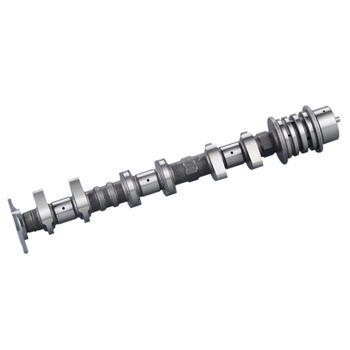Revolutionizing Engine Technology
Crankshaft design has come a long way since the early days of internal combustion engines. Today, engineers are pushing the boundaries of innovation to create more efficient, lightweight, and durable crankshafts. But what does the future hold for this critical component? Let's explore some exciting trends and emerging technologies that promise to revolutionize crankshaft design.
The Rise of Lightweight Materials
Stronger, Lighter, and More Efficient
One of the most significant trends in crankshaft design is the shift towards lightweight materials. Traditional crankshafts are made from cast iron or steel, but these heavy metals can negatively impact fuel efficiency and performance. To address this issue, engineers are turning to advanced materials like carbon fiber, aluminum alloys, and even titanium.
Innovative Manufacturing Methods
Additive Manufacturing and Beyond
As it turns out, the way we manufacture crankshafts can have a significant impact on their performance and durability. That's why engineers are exploring new manufacturing methods, such as additive manufacturing (3D printing) and forging techniques. These innovative approaches allow for greater design flexibility, reduced production times, and improved material properties.
The Impact of Electric Vehicles
Rethinking Crankshaft Design for a New Era
Have you ever wondered how electric vehicles (EVs) will affect crankshaft design? With the growing popularity of EVs, engineers must rethink traditional crankshaft designs to accommodate electric motors and other unique components. This shift could lead to more compact, efficient, and lightweight crankshafts that help extend the range and performance of electric vehicles.
Practical Applications and Considerations
Looking Ahead: The Future of Crankshaft Design
In my experience, the most successful engineers are those who stay ahead of the curve when it comes to emerging technologies and industry trends. By understanding the future of crankshaft design, you can position yourself as a leader in this ever-evolving field. So, what are you waiting for? Dive into the world of crankshaft innovation and help shape the engines of tomorrow.




